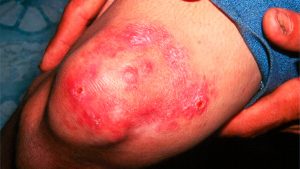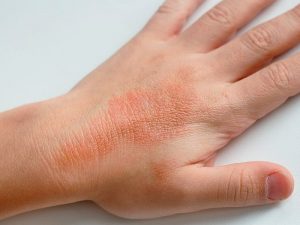Snoring can be an annoying and embarrassing habit, but in some cases it can mean serious health complications. Yes, snoring is the most common signal of sleep apnea, but can come out as a “snorting noise”, signaling the obstruction of of the airway. Sleep apnea is a chronic condition that that is often undiagnosed, due to the fact that there are no blood or other tests to signal the patient has it. A 2005 World Health Organization (WHO) study showed 100 million had sleep apnea, out of 1 billion people worldwide suffering from chronic respiratory disorders. Despite the numbers, this sleep condition flies under the radar and is usually first diagnosed by friends or family members who have witnessed the signs of apnea. There are in fact two kinds of the condition the first is:
Obstructive sleep apnea:
- Most common in overweight people
- The airway collapses or is blocked
- Symptoms: Shallow breathing and breathing pausesCentral sleep apnea:
- Less common, usually occurs with certain medical conditions
- Occurs when brain doesn’t receive breathing signals
- Symptoms: periods without breathing, typically no snoringRisks of Sleep Apnea
Sleep apnea is considered a chronic respiratory disorder, however it can affect other parts of your health if untreated. - Increased risk for heart related effects (heart attack, stroke, irregular heartbeat)
- Increased risk of high blood pressure
- Obesity
- Risk for heart failure
- Daytime tirednessWho is most at risk?
Sleep Apnea and obesity are two conditions that go hand in hand, according to the National Heart, Lung, and Blood Institute (NHLBI) about half of people with the condition are overweight. That being said men are more likely to have the chronic sleep condition than women. A study from the Finnish Lung Health Association showed that postmenopausal women and middle-aged men are more prone to sleep apnea. NHLBI said possible risk groups can also include: - People with small airways
- People with allergies or conditions that cause congestion
- A family history of sleep apnea
- Small children with enlarged tonsils
- Older people
Pre-emptive Approaches and Lifestyle Changes
While there are certain uncontrollable factors that raise ones risk for sleep apnea, there are certain habits and lifestyle approaches linked to the condition that don’t help the odds. Research under the Finnish Lung Health Association indicates that pre-emptive approaches can be taken to reduce the risk of developing the chronic sleep apnea, such as:
- Reducing smoking
- Reducing alcohol consumption
- Reducing medicines that impair immune system
- Reduce chances of obesity by keeping a healthy lifestyle
- Removing unnecessary soft tissue in childrens’ nasal passagesSleep Apnea Treatments
Sleep apnea can range from mild to severe. Lifestyle changes like quitting smoking and drinking or sleeping on your side may provide enough relief for your symptoms, however for those with severe apnea more drastic measures may be required.
Mouth Pieces
Oral appliances are sometimes given out for simple snoring problems and not just apnea. These pieces are custom-fitted plastic mouthpieces, that position your lower jaw and tongue in a way that keeps your airway open.
Breathing Devices
Continuous positive airway pressure or CPAP devices is the most common remedy for sleep apnea. They are sometimes large, unflattering masks that go over the mouth and nose or sometimes just the nose. CPAP machines keep your airways open by gently blowing air into your throat. Breathing devices are a more complex solution and require a technician to set them up and sometimes consultation with a sleep specialist. Side effects of the CPAP are dry mouth, stuffy nose, irritation on the face and headaches.
Surgery
Your doctor might suggest surgery to relieve your sleep apnea. The aim of these operations are to widen the breathing passage, by shrinking, stiffening or removal of tissue in the mouth and throat. Surgery for the condition is not always extreme and may just require small shots, cuts with a plastic insert. In cases of apnea in children the doctor may recommend removing the tonsils.
Sources











